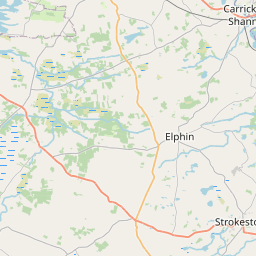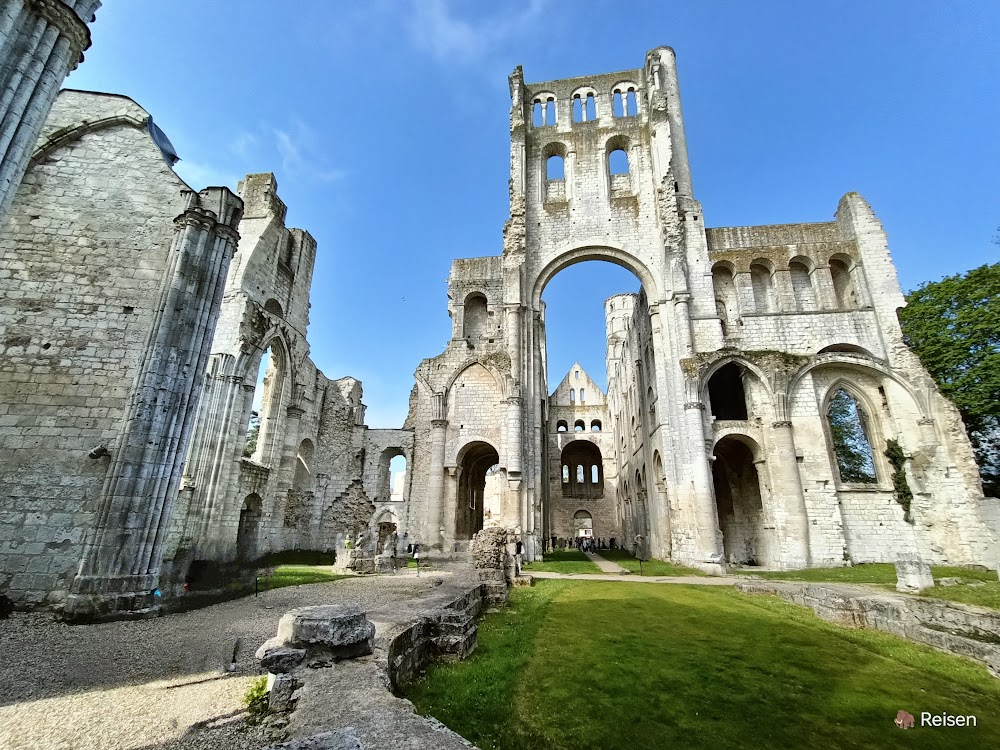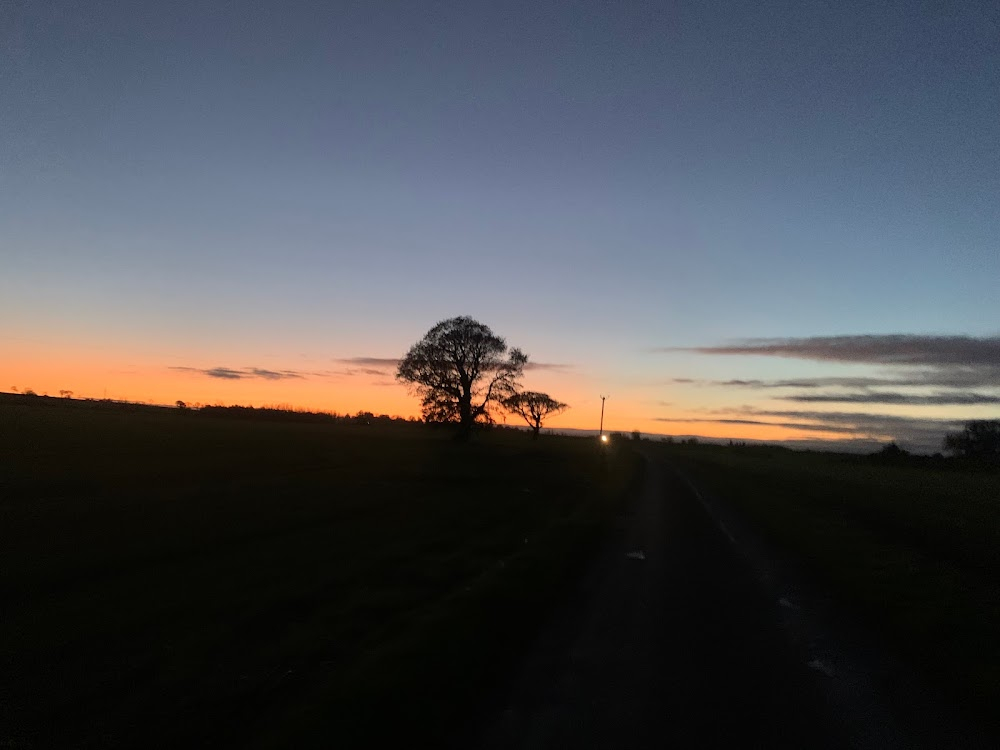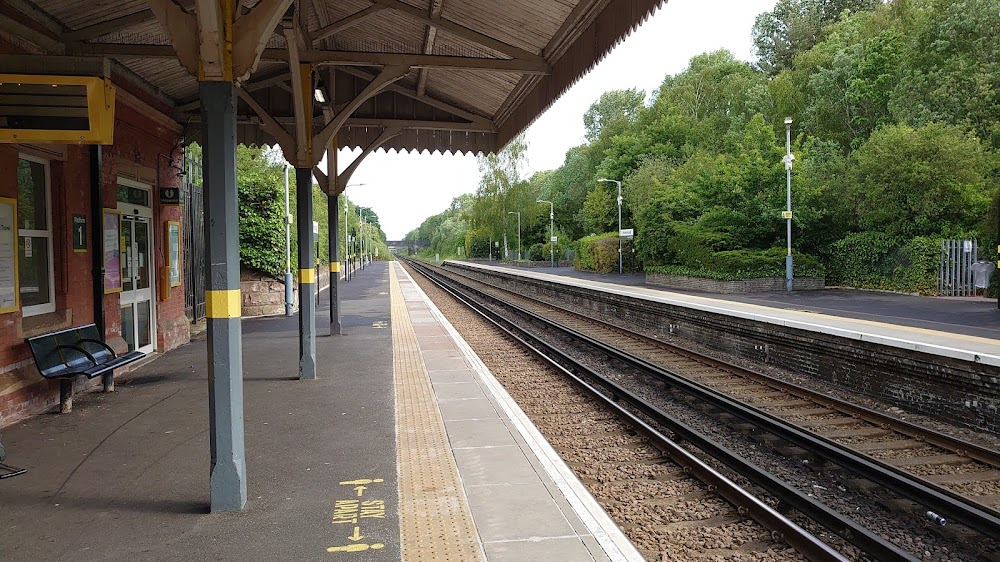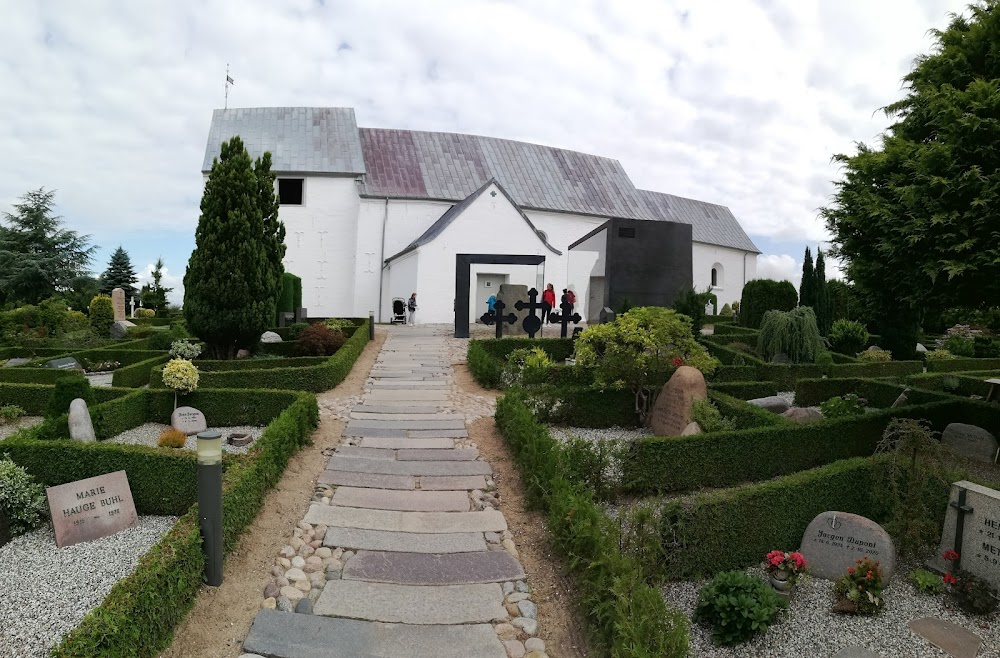Blood of the Vikings Filming Locations

Where was Blood of the Vikings filmed? Blood of the Vikings was filmed in 39 locations across Ireland, France, United Kingdom, Norway, Denmark and Isle of Man in the following places:
Blood of the Vikings Filming Locations
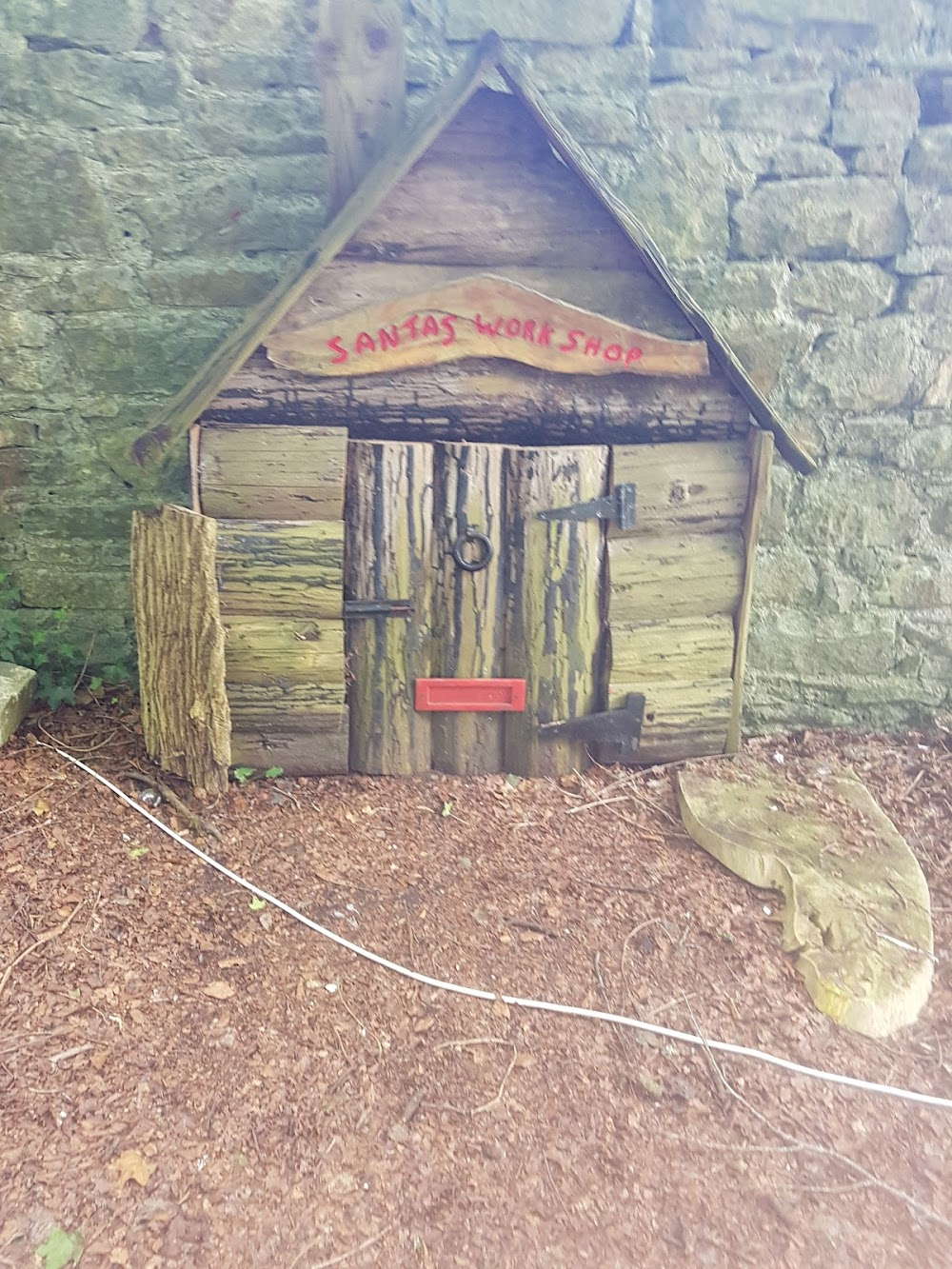
Castlerea is the third largest town in County Roscommon, Ireland. It is located in the west of the county and had a population of 1,992 at the 2016 census. Roughly translated from Irish, Castlerea is generally thought to mean 'brindled castle'. An alternative translation is 'castle of the king'.
Dublin, capital of the Republic of Ireland, is on Ireland’s east coast at the mouth of the River Liffey. Its historic buildings include Dublin Castle, dating to the 13th century, and imposing St Patrick’s Cathedral, founded in 1191. City parks include landscaped St Stephen’s Green and huge Phoenix Park, containing Dublin Zoo. The National Museum of Ireland explores Irish heritage and culture.
Saint-Clair-sur-Epte is a commune in the Val-d'Oise department in Île-de-France in northern France. It is situated on the river Epte, 10 km southwest of Gisors. The treaty of Saint-Clair-sur-Epte in 911 established Rollo, a Norse warlord and Viking leader, as the first Duke of Normandy.
Bergen is a city on Norway’s southwestern coast. It's surrounded by mountains and fjords, including Sognefjord, the country’s longest and deepest. Bryggen features colorful wooden houses on the old wharf, once a center of the Hanseatic League's trading empire. The Fløibanen Funicular goes up Fløyen Mountain for panoramic views and hiking trails. The Edvard Grieg House is where the renowned composer once lived.
Bromborough is a town in the Metropolitan Borough of Wirral, Merseyside, England, and the historic county of Cheshire, on the Wirral Peninsula southeast of Bebington and north of Eastham. At the 2011 census, the population of the ward was 14,850.
Copenhagen, Denmark’s capital, sits on the coastal islands of Zealand and Amager. It’s linked to Malmo in southern Sweden by the Öresund Bridge. Indre By, the city's historic center, contains Frederiksstaden, an 18th-century rococo district, home to the royal family’s Amalienborg Palace. Nearby is Christiansborg Palace and the Renaissance-era Rosenborg Castle, surrounded by gardens and home to the crown jewels.
Fulford is a historic village and civil parish on the outskirts of York, in the York district, in the ceremonial county of North Yorkshire, England. Fulford is located 2 miles to the south of the city, on the east bank of the River Ouse. The population of the civil parish at the 2011 census was 2,785.
Hadstock is a village in Essex, England, about 6 miles from Saffron Walden. It is on the county boundary with Cambridgeshire and about 9 miles from Cambridge. The 2001 Census recorded a parish population of 320, increasing to 332 at the 2011 Census.
Hoylake is a seaside town in the Metropolitan Borough of Wirral, Merseyside, England. It is at the north west of the Wirral Peninsula, near West Kirby and where the River Dee meets the Irish Sea. Historically part of Cheshire, the Domesday Book of 1086 recorded it within the Hundred of Wilaveston.
Jelling is a railway town in Denmark with a population of 3,853, located in Jelling Parish, approximately 10 km northwest of Vejle. The town lies 105 metres above sea level.
Kaupanger is a village situated along the northern shore of the Sognefjorden in the municipality of Sogndal in Vestland county, Norway. It sits along the Norwegian National Road 5, about 12 kilometres southeast of the municipal centre of Sogndalsfjøra and about 8 kilometres northeast of the Sogndal Airport, Haukåsen.
Llanbedrgoch is a hamlet and post town, a mile south of the town of Benllech and west of Red Wharf Bay, on the island of Anglesey, north Wales. The parish church is St Peter's Church, Llanbedrgoch, a Grade II* listed building that dates back to the 15th century.
Old Somerby is a village and civil parish in the South Kesteven district of Lincolnshire, England, 3 miles south-east of Grantham. It lies on the B1176 road, with the village centre about 1 mile east of its junction with the A52 and B6403, and adjacent to the East Coast Main Line.
Blood of the Vikings (2001)
The Vikings were an ambitious, daring and frightening people who left an indelible mark on the British psyche. Yet archaeology has revealed very little about their time in Britain and even less about what happened to them afterwards. Archaeologist Julian Richards finds new evidence about what really happened during the dramatic period when Vikings roamed the seas around Britain. And in a ground-breaking genetics research project designed specially for the BBC series, internationally renowned geneticist, Professor David Goldstein, sets out to answer some of the most intriguing questions about the Vikings. Samples taken from around 2,000 people in Britain, Ireland, Scandinavia and Northern Europe have been processed and the results are revealed during the series.


